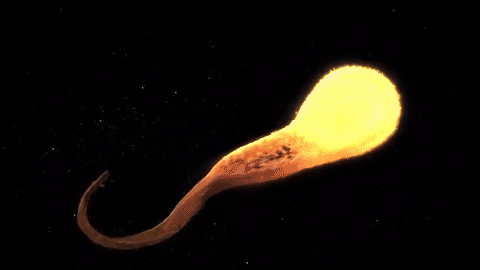
Black holes are fascinating. We know so very little about them. For example, scientists have long believed that confrontations between black holes and stars are quite rare, that a black hole swallows a star about once in a galaxy over a period of about 10,000-100,000 years.
After studying 15 galaxies, however, a new theory developed in which researchers at the University of Sheffield understand that stars are swallowed up at a much higher rate than that. According to their calculations, star disappears into a black hole in a galaxy over a period of about 10-10,000 years.
The number also appears to increase in galaxies that are on a collision course with other galaxies which all of the 15 studied galaxies were. The reason for this is thought to be that many new stars are born near the black holes at the center of galaxies colliding.
We have yet to directly observe what it looks like when a star being swallowed by a black hole, but the only thing we can see is the energy generated and of course, a simulation, that youcan watch below.






















